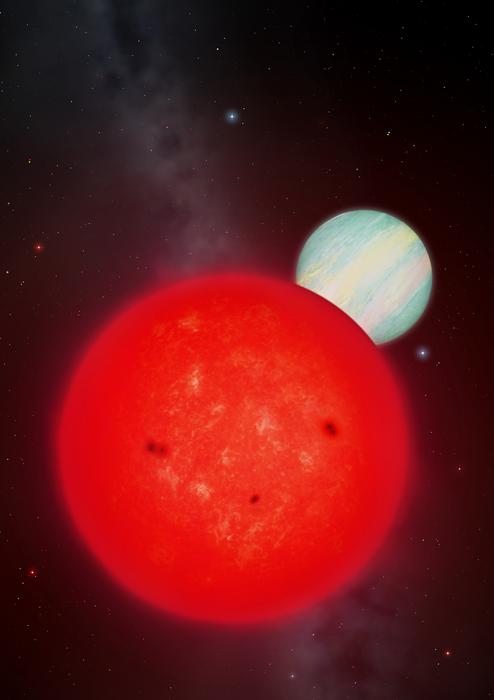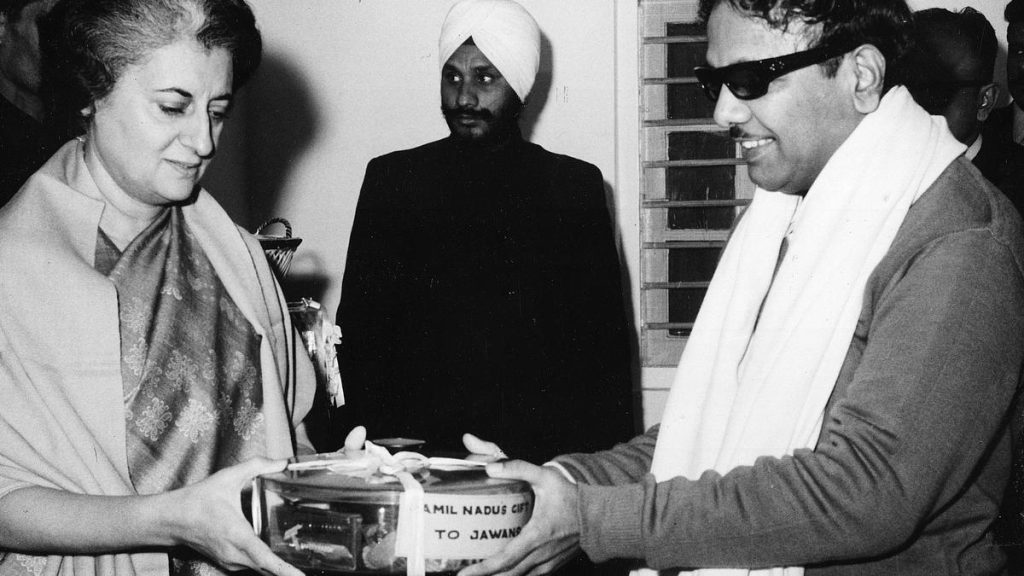Now Reading: Small Star Hosts Giant Planet, Puzzling Astronomers
-
01
Small Star Hosts Giant Planet, Puzzling Astronomers
Small Star Hosts Giant Planet, Puzzling Astronomers

Speedy Summary
- Astronomers discovered TOI-6894b, a giant planet orbiting a small red dwarf star 238 light-years from Earth.
- The finding challenges existing theories of planet formation since low-mass stars typically lack the material needed to form large planets.
- Possible explanations for TOI-6894b’s formation include gravitational disc instability or planetary migration due to angular momentum loss or interactions with companion objects.
- The James Webb Space telescope (JWST) may study the atmosphere of TOI-6894b, wich exhibits a dramatic dip in its star’s brightness during transits (17% dip), suggesting an extended atmosphere.
- Scientists believe this discovery highlights gaps in understanding planet formation processes and will serve as an vital benchmark for future research.
Indian Opinion Analysis
The discovery of TOI-6894b suggests that established models of planetary formation might need refinement. For India’s growing interest in space exploration, with missions like Chandrayaan and upcoming collaborative projects on exoplanet studies, such findings underscore the significance of international scientific cooperation. If advanced observatories like JWST can offer insights into unique systems like TOI-6894b, it could open avenues for Indian scientists to integrate such data into regional efforts focused on astrophysics and planet formation research. India’s space endeavors would benefit significantly from expanding partnerships with global agencies dedicated to understanding cosmic phenomena.
























